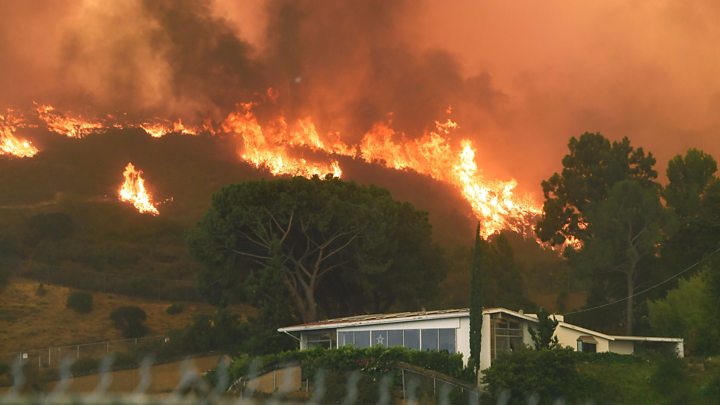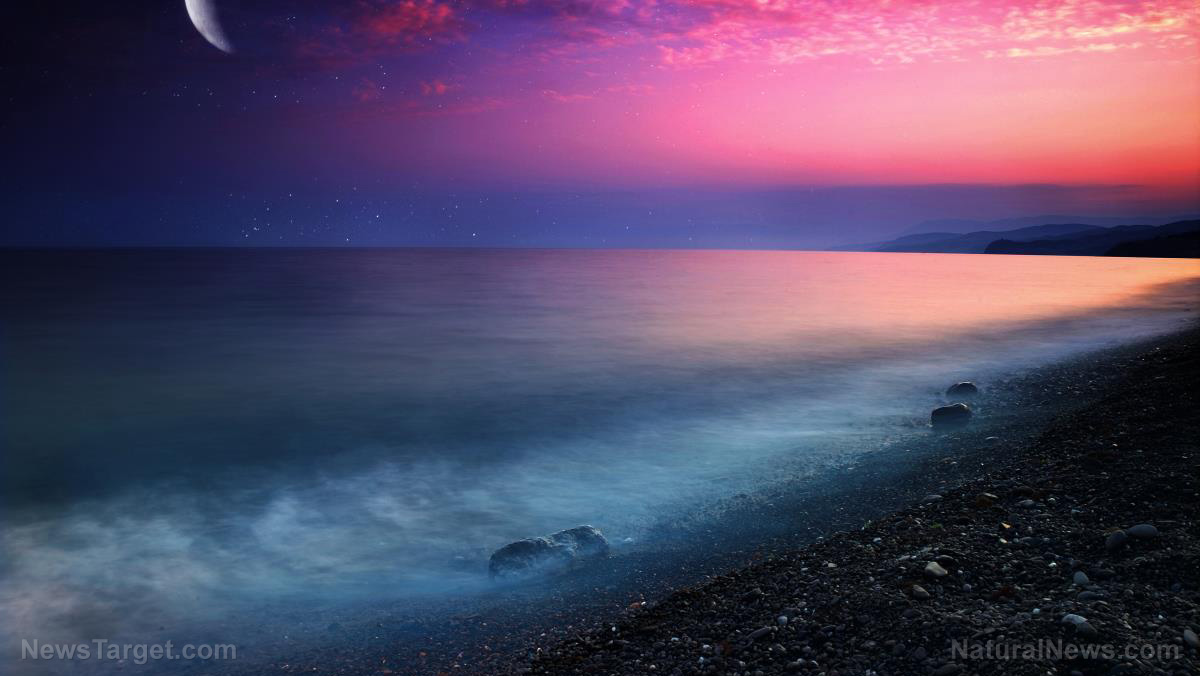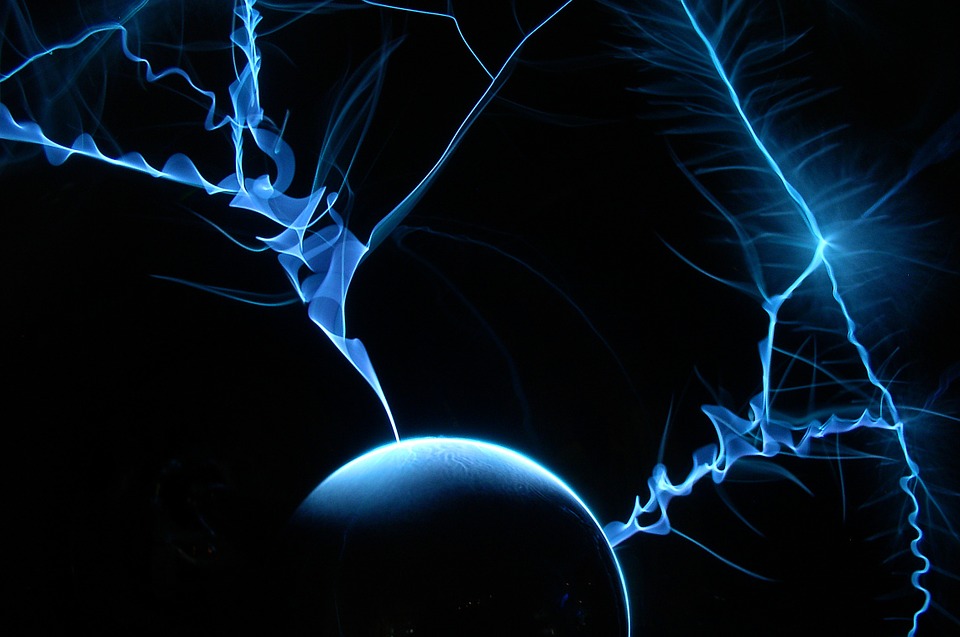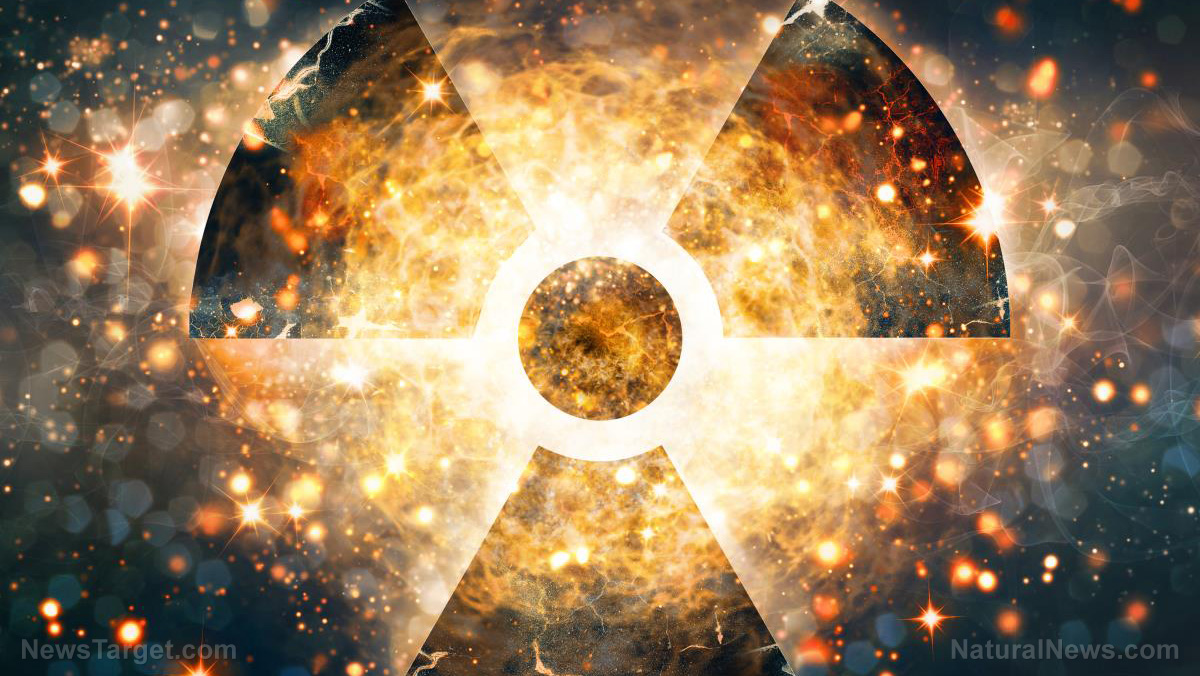California utility PG&E will shut off power to millions on high wind days during wildfire season as state’s electric infrastructure accelerates toward collapse
05/15/2019 / By JD Heyes

California’s technology industry is booming and as such is attracting hundreds of thousands of people to work in a state that is already crowded.
With a population approaching 40 million people, California, which is largely desert in many parts of the state, is struggling to keep its basic infrastructure of power functioning.
Now, one of its largest power providers, bankrupt PG&E, has proposed what officials call a precautionary plan to cut power to millions of residents on windy days during wildfire season.
Bloomberg News reports that large portions of the state “may go dark this summer” and most people are not prepared for that:
The plan by PG&E Corp. comes after the bankrupt utility said a transmission line that snapped in windy weather probably started last year’s Camp Fire, the deadliest in state history. While the plan may end one problem, it creates another as Californians seek ways to deal with what some fear could be days and days of blackouts.
While some residents of the Golden State are already turning to alternative sources of power such as battery back-up, most are not and their numbers are pretty small compared to the 5.4 million people on PG&E’s system.
Gov. Gavin Newsom (D) has announced he will make $75 million available to help communities deal with the outages.
“I’m worried,” Newsom said last week during a briefing on the state’s budget in the capital of Sacramento. “We’re all worried about it for the elderly. We’re worried about it because we could see people’s power shut off not for a day or two but potentially a week.”
What’s more, the wildfire season isn’t short; it lasts from around June to around December. And windy days during that six-month period could number in the hundreds, potentially. (Related: California power grid on the brink of collapse.)
The most populous state has no long-term power plan
The power company has already informed officials in the city of Calistoga that power could be cut as many as 15 times this year; if each episode lasts for several days at a time, that would mean that residents there will be without power for perhaps half-to-three-quarters of the wildfire season, or months.
Chris Canning, mayor of the city which is located in Napa Valley, a region hit by wildfires two years ago, said officials are looking into setting up a micro-grid comprised of solar panels and batteries to deal with power issues if PG&E cuts it.
“If this is the new normal, we have to accommodate for it,” Canning said.
Meanwhile, following the Camp Fire and fires from previous years, the power company has been exposed to some $30 billion in damage claims, which only sped up its January bankruptcy. Since that time, officials with the utility have been under mounting pressure to ensure that their power lines won’t spark additional wildfires.
Others have blamed the state’s poor forest management as having contributed mightily to fires by providing them with lots of dead or dry underbrush to burn.
“The costs of long neglecting and mismanaging forests have become an unsustainable burden in California,” said a 2018 report by the Little Hoover Commission, an independent state oversight agency.
As for the state’s power and water infrastructure, a report by the California Public Utilities Commission in 2018 found that officials don’t have a plan for a rapidly transforming power grid.
“In 2000 and 2001, we at least had a plan,” commission President Michael Picker said. “This time, we don’t have a plan.” He adds that while he isn’t yet concerned about rolling blackouts, he is worried that “new players in the state’s electricity market could collapse, forcing their customers to find other suppliers,” the San Francisco Chronicle reported.
Read more about California’s collapsing electric power grid and PowerGrid.news and Collapsifornia.com.
Sources include:
Tagged Under: alternative power, bankruptcy, Blackouts, California, camp fire, Collapse, Collapsifornia, electric grid, electricity, forest management, grid down, PG&E, power failure, power grid, summer heat, utilities, wildfire season, wildfires, windy days, without power
RECENT NEWS & ARTICLES
Electricity.News is a fact-based public education website published by Electricity News Features, LLC.
All content copyright © 2018 by Electricity News Features, LLC.
Contact Us with Tips or Corrections
All trademarks, registered trademarks and servicemarks mentioned on this site are the property of their respective owners.


















